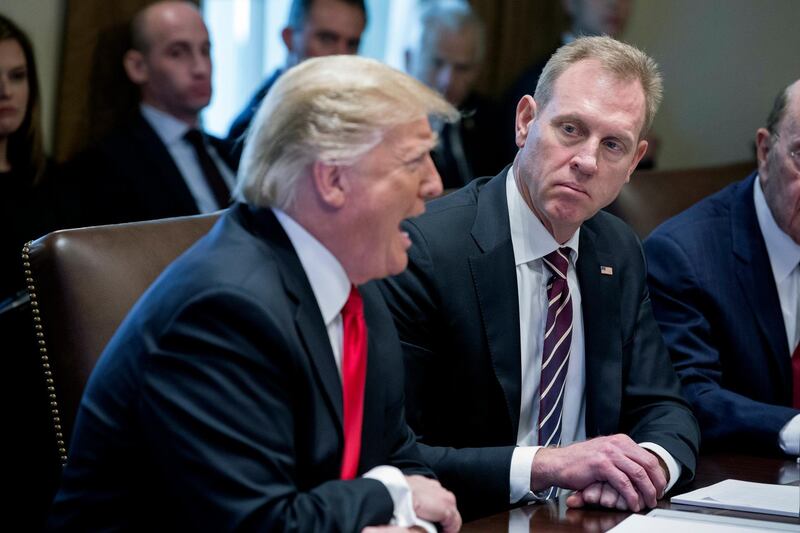The world enters 2019 with a lot more uncertainty about the prospects for global growth.
The excitement a year ago about a synchronised pick up in global growth is replaced by angst that was initially focused on China and Europe but is increasingly spreading to the US, the sole consistent bright spot and one of the most powerful job creators and drivers of international trade.
That carries a higher risk of self-feeding negative dynamics between asset prices, trade and economic activity, limiting the scope for inclusive growth and complicating an already tricky policy outlook. Fortunately, if the administration and the new Congress are able to work together, there are areas where the US can lead, mainly for the benefit of the domestic economy but also the world.
The optimism of a year ago reflected less the predominance of secular drivers of inclusive growth than a coincidence of favorable factors whose sustainability was challenged without a more comprehensive pro-growth policy approach. This was particularly true for Europe, where the one-off benefits of a natural economic healing process were not being reinforced by long-needed structural policies to enhance competitiveness and labour mobility, more balanced fiscal policy stances, and progress on completing the regional economic and financial architecture.
The December PMI reading for China pointing to a slight contraction in the manufacturing sector confirmed that the country has also been slowing, which reflects a combination of internal and external factors, including unusual trade uncertainties. Attempts by the government to stimulate growth through its traditional policy tools, including directed lending, have proven less potent.
For most of last year, the US stood out, powered by pro-growth policies that included deregulation and fiscal stimulus. The economy maintained a solid growth performance despite four interest rate hikes by the Federal Reserve and additional monetary policy contraction in the form of a gradually shrinking balance sheet. Indeed, America was the only example in the advanced world of cyclical growth successfully handing off to a secular dynamic while also normalising monetary policy. For example, the inevitable downturn in housing, a highly cyclical sector, stood in stark contrast to the continued health of a labour market characterised by strong monthly job creation and increasing wage growth.
_______________
Read more:
US stocks end 2018 as worst year since 1931 financial meltdown
Donald Trump says he won't back down from funds demand for border wall
_______________
But the market instability of the last few weeks, together with some self-inflicted economic and financial wounds, has cast doubt on the sustainability of the US growth trajectory. This has also made the world's biggest economy more vulnerable to the slowdown elsewhere.
Fortunately, there are three steps that the US can take to invigorate its growth dynamics.
First, working with the new Congress, the Trump administration can pursue an infrastructure initiative. Such a program, which was generally favoured by both Democrats and Republicans in the past, could target higher private sector productivity and enable output and wage expansion by improving and modernising existing infrastructure, including by enabling greater use of some of the recent (and accelerating) technological innovation. Its financing would take advantage of still unusually low interest rates (currently at 2.65 per cent, the cost of 10-year borrowing for the government is well below the vast majority of estimates on the return on a well-designed infrastructure programme), as well as both public-private partnership and innovative financing tools that involve wider risk sharing between the two.
The second effort would involve recovering from the self-inflicted wounds of the last few weeks, and avoiding new ones. This includes resolving the partial government shutdown, avoiding unnecessary market concerns about liquidity, and an approach by the Fed that is seen as more sensitive to concerns about two factors in particular: spillbacks from adverse external and technical market developments, and a balance-sheet reduction programme that may be excessively dogmatic in its auto-pilot mode.
Third, a more activist US pro-growth leadership role in global policy forums such as the G20, the G7 and the International Monetary Fund. Without the US trying to play a larger role as catalyst by informing and influencing global policy discussion, it is hard to imagine a circuit breaker for what could be an more pronounced pace of slowing in the rest of the world throughout the new year.
Led by the US and a reinvigorated growth agenda, the domestic and global economies have the ability to avoid a slowing in 2019 that would also entail a significant risk to financial stability.
Without that leadership, it would only be a matter of time before weaker economic and financial conditions further undermine institutional robustness and add to the pressures around the world on political and social cohesion.
Bloomberg






